Zurich scientists monitor forest diversity – and health – from the sky
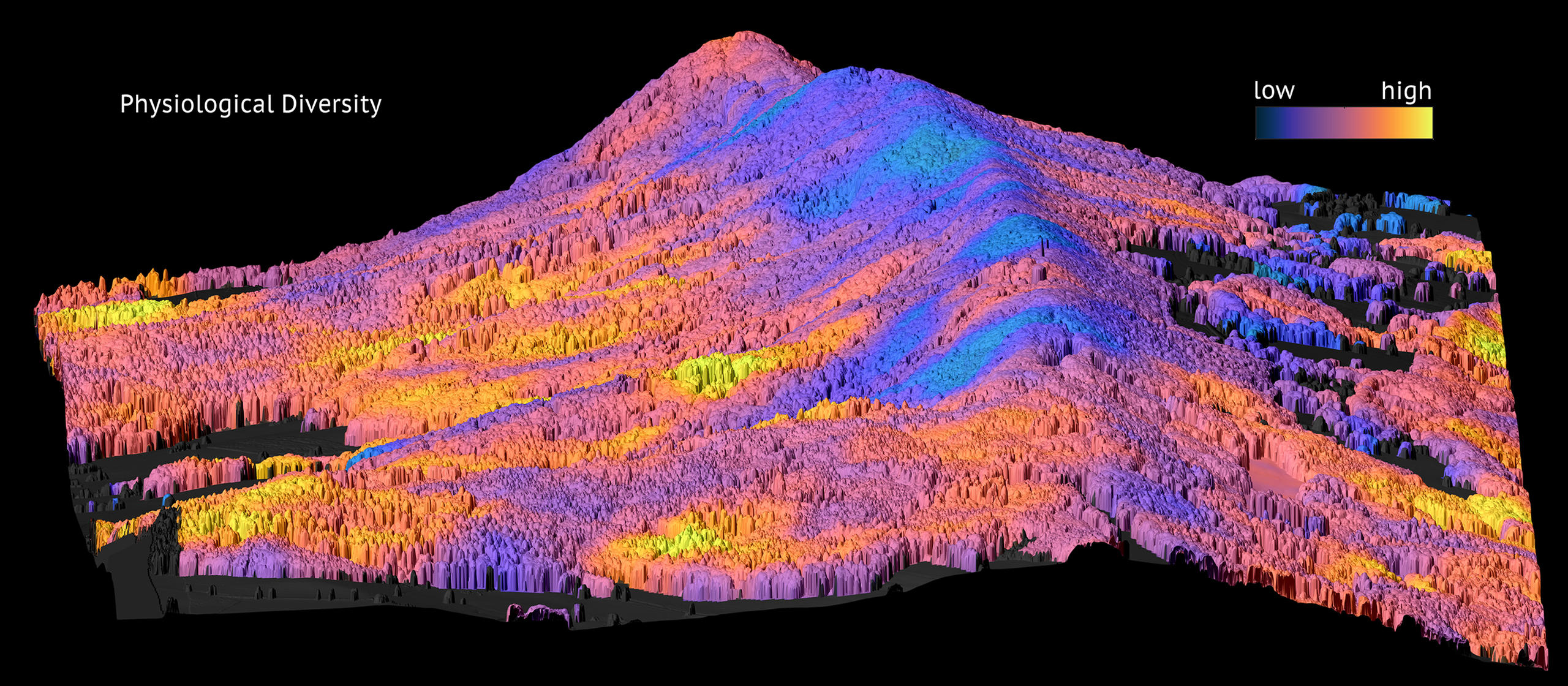
A team of researchers involving the University of Zurich (UZH) has developed a method for mapping plant diversity and ecosystem functioning – from the scale of a single plant to an entire forest.
Science has already established that forests with high functional diversity – that is, with many different species performing a wide variety of ecological roles and processes – tend to be more stable, productive and efficient. Functionally diverse forests also tend to adapt more readily to changing environmental conditions, and better withstand the effects of disease and natural disasters.
Until now, however, measuring and monitoring the diversity of forest ecosystems has been done from the ground. That’s slow and laborious work, and it’s a challenge to achieve a high level of detail over large areas.
But the method developed by UZH researchers, in collaboration with scientists at the California Institute of Technology / NASA Jet Propulsion Laboratory, provides a much lower maintenance – and higher-altitude – alternative. It uses aircraft-based remote sensing and laser scanning technology to measure changes in the forest canopy from the air, including the height of the trees and density of the branches.
From these data, the scientists can determine how well the trees are using sunlight and carbon dioxide (CO2) to grow. For example, more diverse canopies allow sunlight to spread more easily between layers of leaves, so it can be absorbed more efficiently.
“With remote sensing, we have the unique opportunity to study whole forest ecosystems by continuously mapping their functional traits, looking from above on the leaves of the forest canopy over very large areas,” said Michael Schaepman, head of the Remote Sensing Laboratories at the UZH Department of Geography, in a statement on Monday.
Another tool called airborne imaging spectroscopy allows the researchers to measure the biochemical properties of forest canopies – including leaf pigmentation and water content – by analysing the light reflected from their leaves.
“These physiological traits provide information about the activity and health status of the trees. We can see, for example, if a tree is suffering water stress, and what resource allocation strategy a tree is following or how it adapts to the environment,” Schaepman explained.
Studying forests from space
Thanks to this method, other aircraft or even satellite missions from space to monitor plant diversity at a global scale could become a reality.
“We are now able to measure and monitor the diversity of forests, allowing us to observe changes at large scales and providing spatial information for nature conservation and climate change mitigation strategies,” Schaepman added.
The method, which was tested out on the LägernExternal link mountain near Zurich, has been published in the journal Nature CommunicationsExternal link.
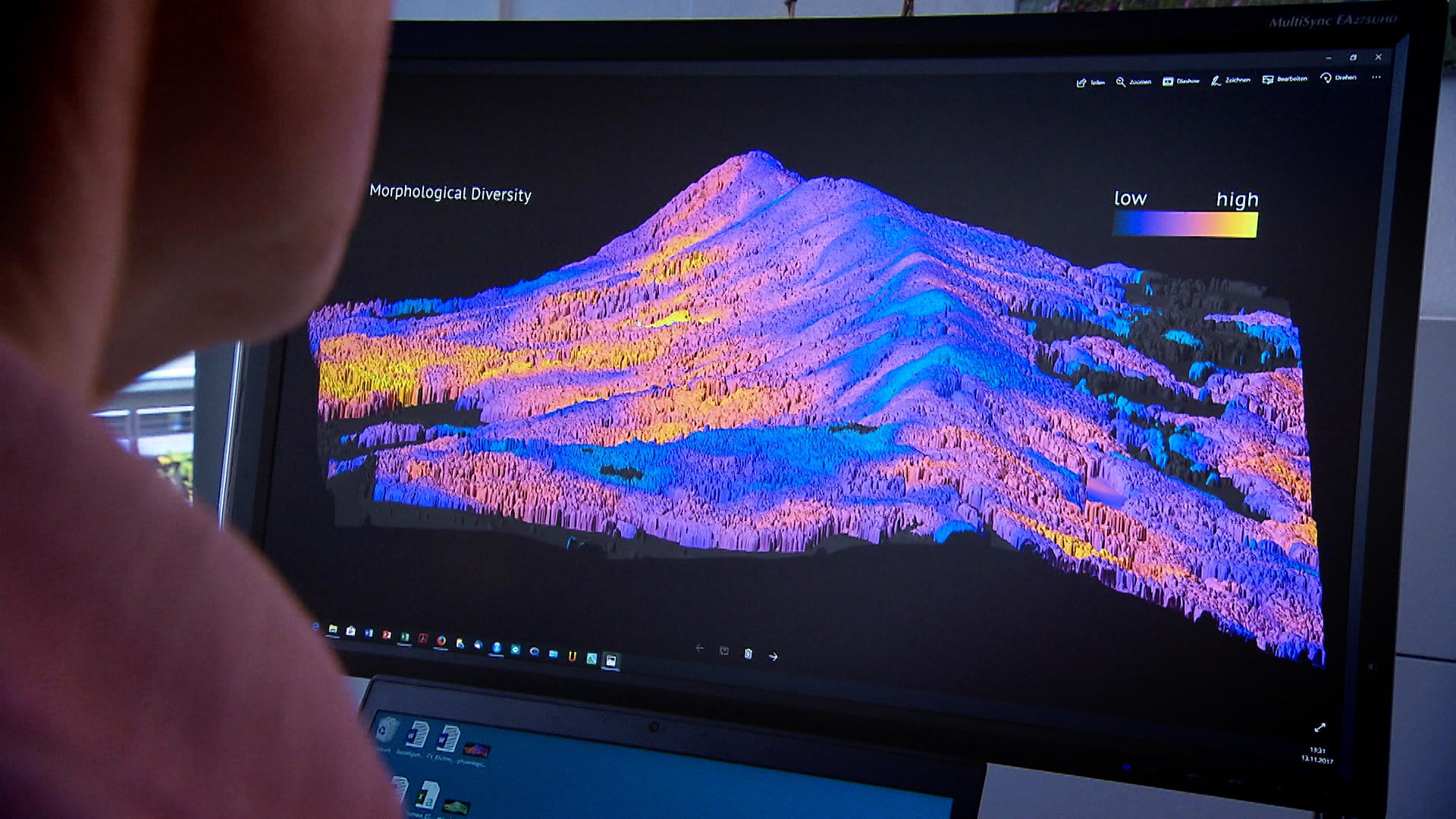
More
Using planes and lasers for a biodiversity checkup

In compliance with the JTI standards
More: SWI swissinfo.ch certified by the Journalism Trust Initiative
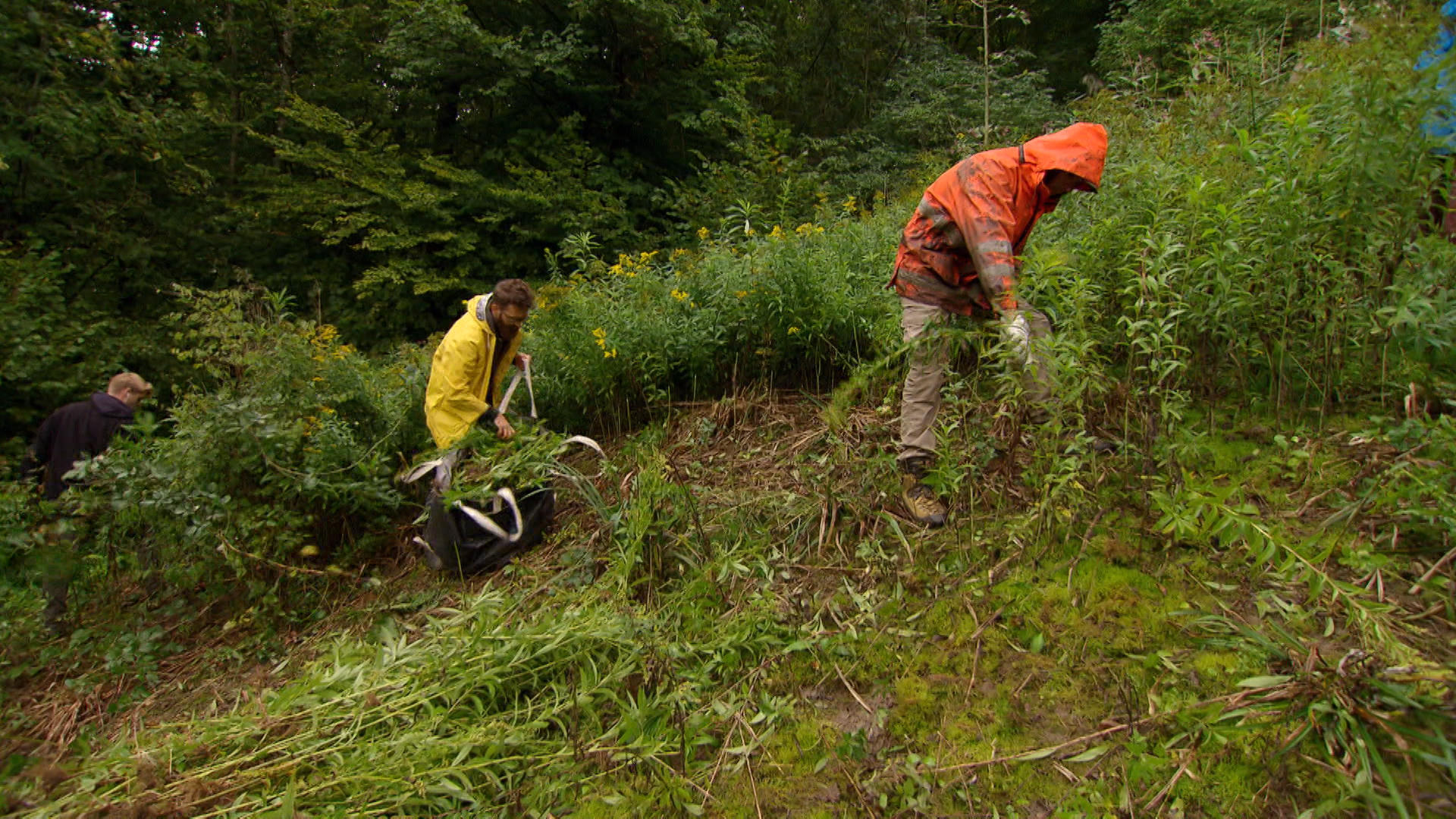
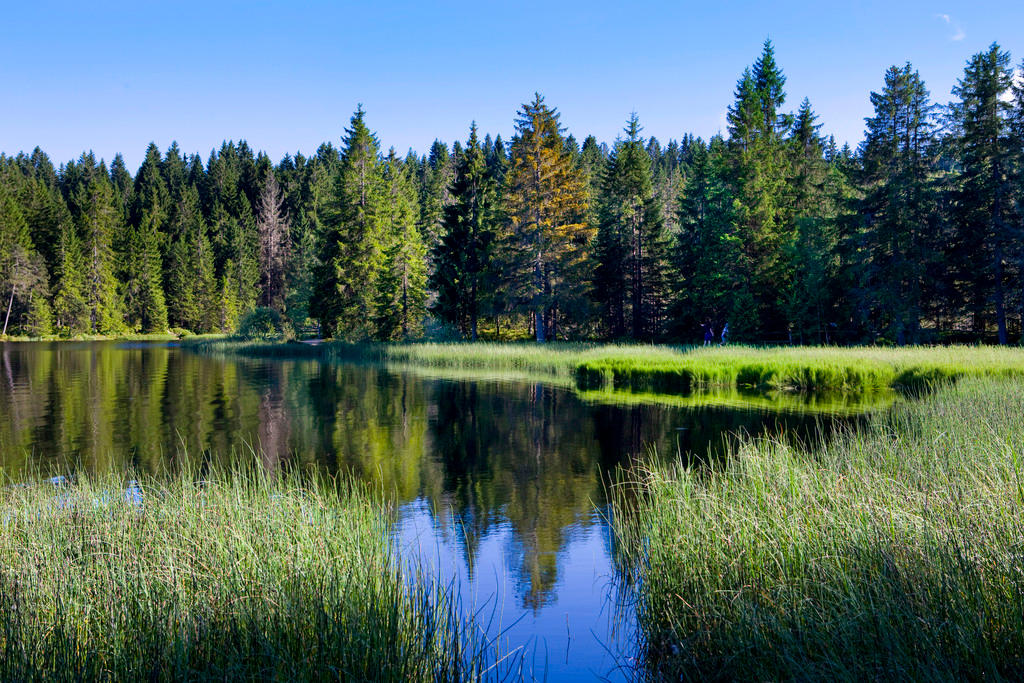
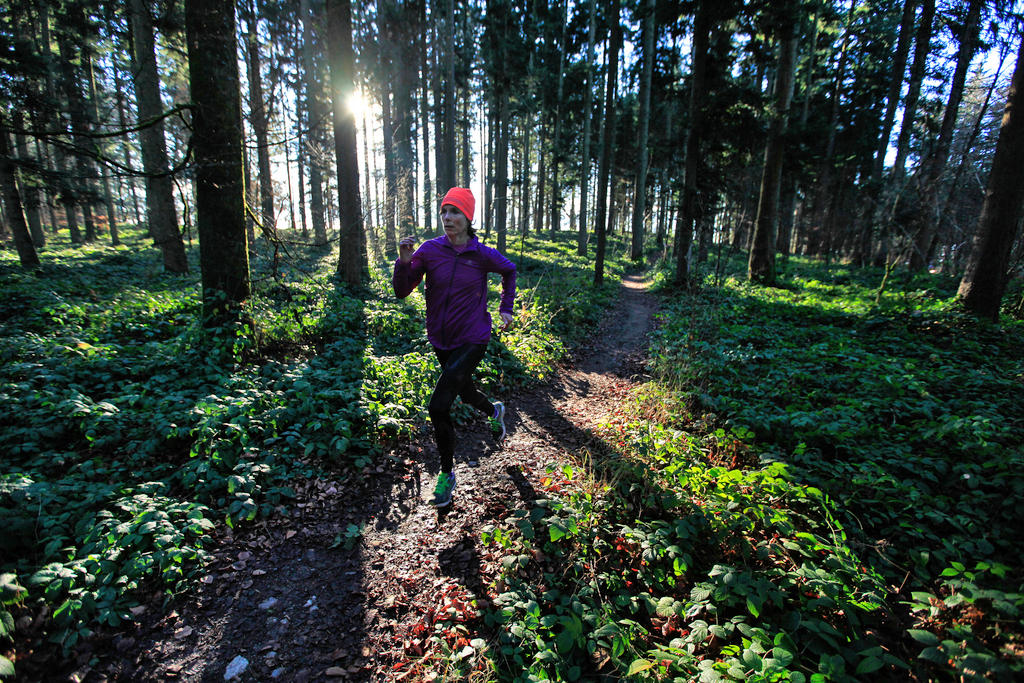
You can find an overview of ongoing debates with our journalists here. Please join us!
If you want to start a conversation about a topic raised in this article or want to report factual errors, email us at english@swissinfo.ch.